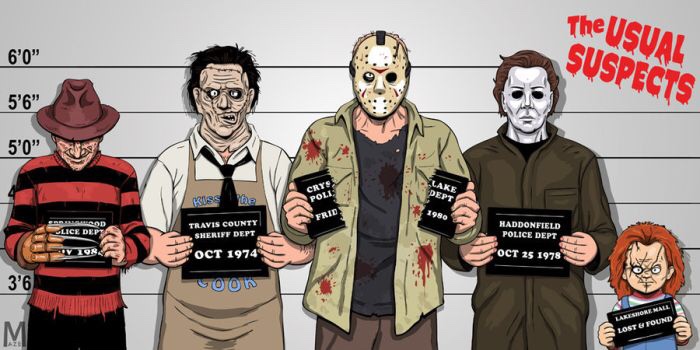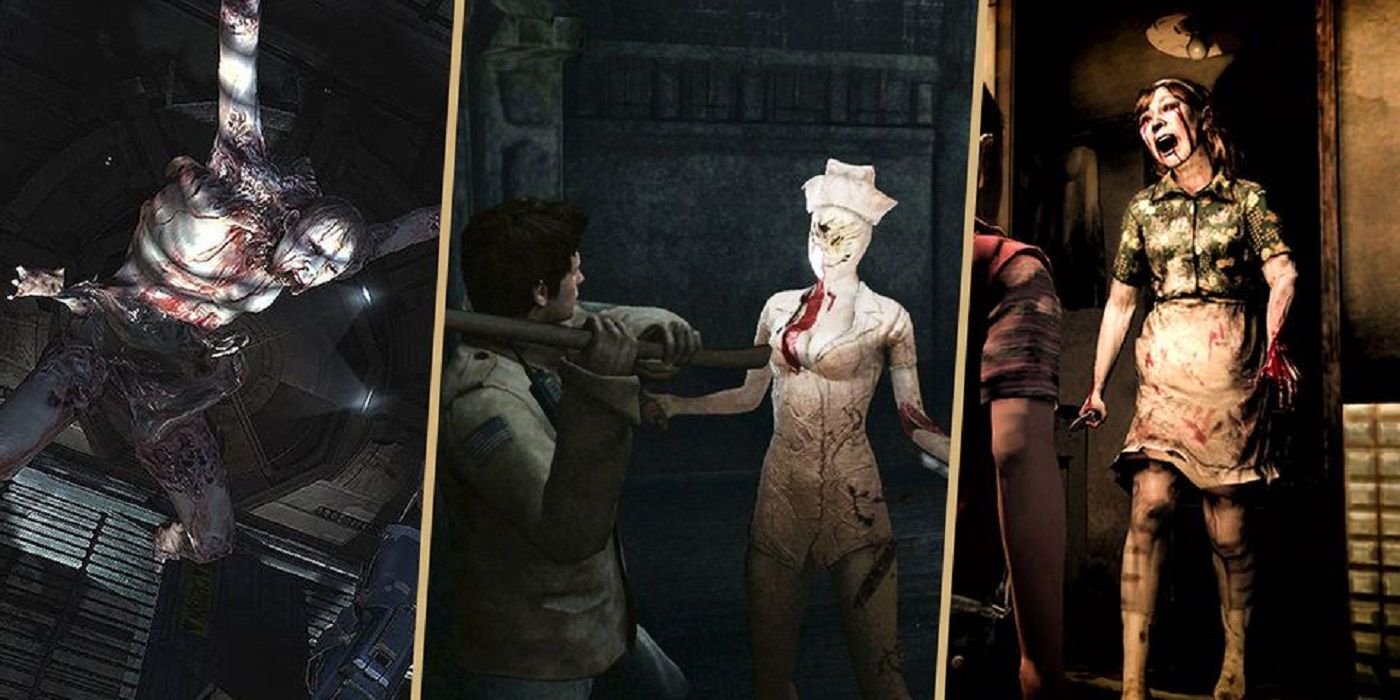Whenever I watch a slasher movie like Halloween, Friday the 13th, or Nightmare on Elm Street, the last emotion that I probably experience is fear. Every single one of these movies has the same old cliches featuring the same old high school cliques who are most likely going to die because of their stupid decisions by the hands of the same old vaguely scary-looking psychopath with a sharp object. Therefore, whenever I watch any of these dumb slasher films with my friends, we are entertained not by how scared or frightened we are, but by making fun of all the stupid decisions the high schoolers make or how nothing about the movie makes any sense. Fear is possibly the last emotion I have when watching these types of horror films because I don’t see myself making any of the stupid decisions the characters in those movies make. This is where Until Dawn comes in.

At its core, Until Dawn serves as both a loving homage and a satire on old 80s horror slasher movies like Friday the 13th, but what truly makes this game special is that as the player, you now must survive an 80s slasher movie. While the game primarily tells its story through a butterfly effect system (multiple options given to the player) and quick-time events, it still manages to provoke a sense of fear within the players because they are now the ones interacting with the slasher story. Because they are moving the characters around and deciding what choices they make, the players themselves are essentially in the game. Therefore, any “wrong choice” or “stupid decision” that a character makes is, in reality, a choice/decision that the player made. This sense of consequence is ultimately what makes Until Dawn terrifying: the idea that whatever the player decides to do will have a lasting impact on each character’s fate not only keeps the player engaged with the story, but also gives them a sense of fear, adrenaline, and paranoia that a normal 80s slasher film is incapable of replicating. Until Dawn gives players the chance to live the 80s slasher movie that they would always make fun of, so when they are pressured to completing various fast-paced quick time events to avoid dying, it gives them a sense of rush and fear that simply isn’t possible in a movie like Halloween or Chucky. To prove this, let’s take a look at two separate examples.

The picture above is a scene from the film Friday the 13th: Part 3, and in this scene, the notorious slasher villain, Jason Voorhees, walks up and aims a spear gun at a random girl who is trying to pick up her wallet that she dropped in the lake. Rather than doing, I don’t know, literally anything of logic like running away or screaming for help, the girl instead says, “Hey, sorry, I drooped my wallet… who are you? What are you doing? Hey, now cut that out, it’s not funny” before Jason fires the speargun into the woman’s eye. Now the moment that this scene began, all the potential tension and dread that could have been felt was immediately wept away because the woman chose to act like a complete idiot instead of doing what we the audience would have done ourselves like run away, scream for help, or at least duck. This is something my friends and I would make fun of and laugh at instead of being scared at, and it’s primarily because there is an invisible barrier that separates the logic of our world and the logic of an 80s slasher movie. We can’t feel scared by what we’re watching if the characters don’t make the kinds of decisions we would make in a similar scenario. Now, let’s look at how Until Dawn does it.

In this section of Until Dawn (titled Chapter 10: Run or Hide), the game presents a scenario similar to that of the scene I mentioned previously in Friday the 13th: Part 3: a young girl approached by a scary-looking serial killer in a mask that wants to kill the young girl. However, unlike in Friday the 13th: Part 3, you the player can now decide how you want to run away from Psycho. Whether you throw the vase at him or just run away, whether you hide in certain sections of the basement or keep running, the game presents fast-past, quick-time decisions that force you to decide within a few couple of seconds. You don’t have time to think about what you’re going to do because the game forces you to make decisions as fast as possible, and what makes this terrifying is that how you choose to approach this encounter will ultimately determine what happens to Sam. If you mess up any point or make a wrong move, it will result in Sam getting caught and potentially killed by Psycho. This not only raises the stakes of this scene, but it also gives players a sense of anxiety and adrenaline that they normally wouldn’t have in a slasher film because now the players have to make the right choices themselves to survive, and I believe that is more terrifying than any slasher movie is capable of.

This is what makes Until Dawn an actual scary slasher story. Player interaction, quick-time events, and multiple options/choices are features that could only exist in a video game, and it is because of these features that I actually got scared and afraid at times in a slasher story. Interactivity is an important tool to get an audience scared, because if they feel like they’re a part of the action, then it not only keeps them engaged but scared because they will feel like their life is on the line just as much as the characters. This level of interactivity is simply not possible in movies, tv shows, literature, or any other artistic medium, and so while these forms of art are capable of invoking fear, the level of engagement and interactivity that a game has creates a kind of horror that is simply not found anywhere else. So if you want to truly be scared by a horror story, you should probably just play a horror video game.


I like this point about how interactivity enhances the horror aspect of Until Dawn since it puts responsibility on the player as opposed to the character in game. Something that I noticed when playing Until Dawn was that the controller starts vibrating whenever I took too long to make a decision. This happened during scenes where two characters were simply talking to each other, but it was still stressful, especially since I tend to be somewhat indecisive. I can only imagine how tense it would be during a scene with actual danger present, trying to weigh the options with a couple second left to decide.